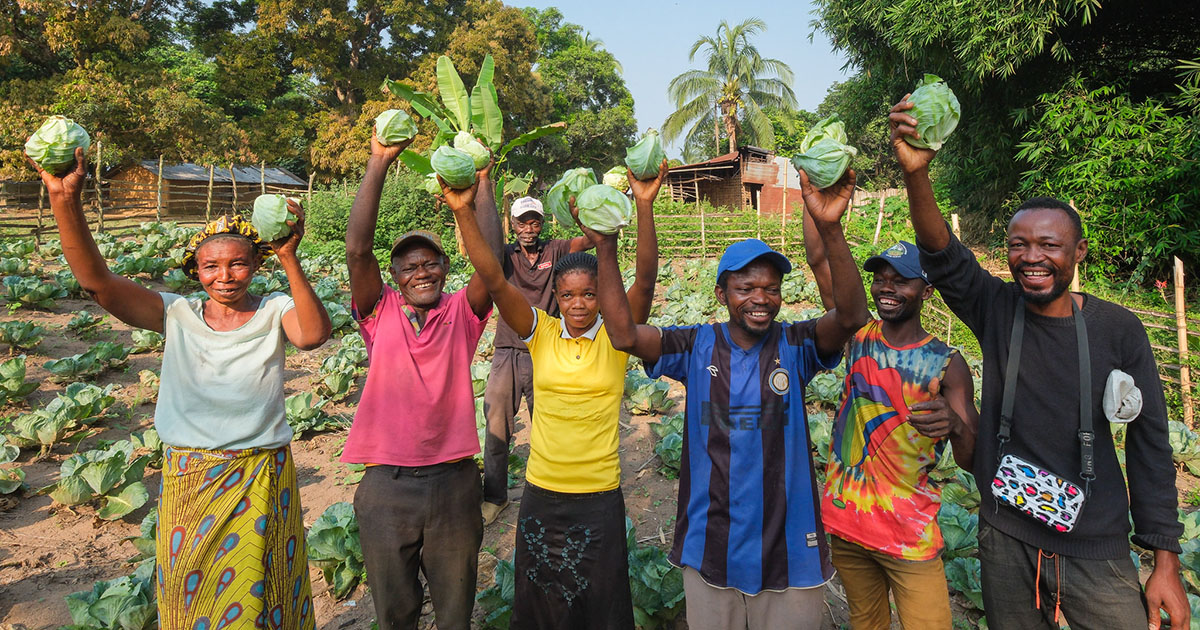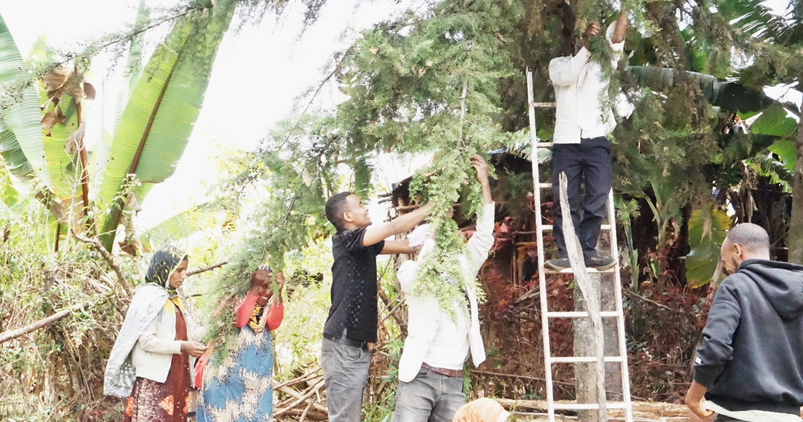Forest resources are a salient and critical issue requiring ongoing attention by the Thai government. Community forest management (CFM) is a practice used to, among other things, resolve land use issues and regulate the extraction and use of non-timber forest product (NTFPs). Managing as a community forest can not only enhance the livelihoods of the local people but also improve their socio-economic condition. This research was conducted at the Ban Mae Chiang Rai Lum Community Forest located in Pa Mae Phrik National Forest Reserve in Thailand’s northern province of Lampang. We collected species biodiversity data of the forest’s total area of 3,925 ha using a systematic sampling method, and twenty-five 40 × 40 m (0.16 ha) survey plots were established in the community forest. Interviews of 159 household heads and/or other household representatives were conducted using a designed questionnaire. The questionnaire focused on information regarding the households’ NTFP utilization habits and engagement in CFM processes. A forest survey was conducted which found that there were 197 plant species, 144 genera, and 62 families in the community forest. Of these, 160 plant species were classified as having medicinal uses, 89 were used as food, 37 as extractives, 32 for firewood, and 12 for fibers. This study also revealed that unmonitored over-exploitation of NTFPs may negatively impact forest biodiversity. As surveyed, 68.55% of households depended on NTFPs. The value of the harvested NTFPs was 6.35% of the total community income. A positive correlation between NTFP income and CFM suggests that utilization of NTFPs combined with CFM can create income opportunities and promote participation in CFM. In addition, income earned from NTFPs and participation in CFM were directly related to the socio-economics of identifiable groups in this community. Laborers, merchants, and low-income families utilized NTFPs to a lesser degree. Single people, household heads, those with a bachelor’s degree, and low income families were less likely to participate in CFM while land owners were more likely to do so. This study implies that the harvesting of NTFPs should not go unchecked, especially of species that are threatened or likely to be threatened if over-harvested. Efforts to enhance lower income household utilization, to more equitably distribute the benefits, and to incentivize community involvement should be prioritized as doing so is crucial to maintaining a healthy supply of NTFPs and safeguarding the community forest biodiversity.
DOI:
https://doi.org/10.1080/21580103.2020.1862712
Dimensions Citation Count:

Publication year
2021
Authors
Thammanua, S.; Han, H.; Marod, D.; Zang, L.; Jung, Y.; Soe, K.T.; Onprom, S.; Chung, J.
Language
English
Keywords
nontimber forest products, community forestry, forest management, livelihoods, biodiversity conservation
Geographic
Thailand























